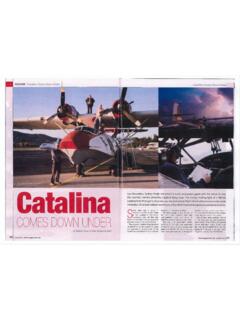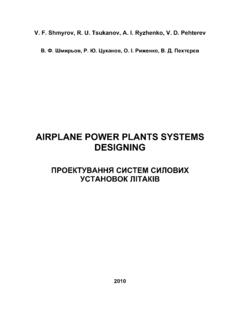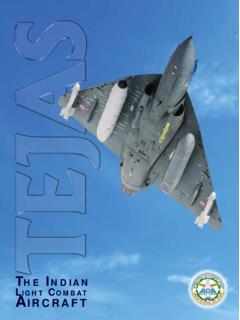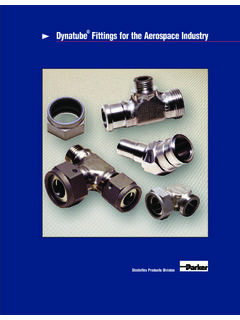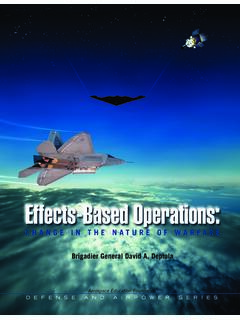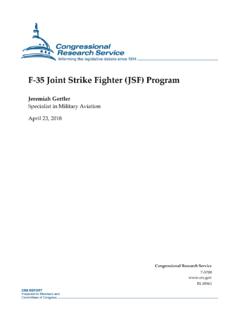Transcription of CATALINA PFLYING MEMORIAL (PBY) LTD
1 CATALINA FLYING MEMORIAL LTD. ACN: 103492440. 35-41 Waterloo Rd North Ryde NSW 2113. P hone: 02 9870 7277. Patrons: Fax: 02 9870 7299. Sir Richard Kingsland AO CBE DFC Email Nancy Bird Walton AO OBE Hon ME Syd Chairman: Neville Kennard RATHMINES - THE TOP SECRET CATALINA OPERATIONS. It is only now that many of the CATALINA stories are being told. During the Pacific War our CATALINA flying boats flew highly secret missions between April 1943 to March 1945, a critical period after Midway. Lost in history by the term 'Allied'. these Australian (RAAF) CATS were the only aircraft engaged in some of the most arduous and dangerous long-range missions behind enemy lines of World War II, many in excess of 20 hours.
2 They carried newly developed sophisticated mines into almost every Japanese held harbour of importance and by laying precision mines in the approaches forced their transports out to become the prey of US Submarines and easier targets for US Bombers. Their job to block and neutralise the Japanese oil and mineral supplies needed to prosecute their war, they were very successful. They were the only flying boats to do this task and were arguably the most efficient and successful RAAF squadrons in WWII. The CATALINA was slow and cumbersome and poorly armed. It had to rely upon stealth by arriving over its target at night in the dark and at a low altitude.
3 That s why they were painted dull black (and known as the Black Cats) It dropped its mine load with a splash - no explosion, and tried to escape before enemy fighters could become airborne. It was no match for the Japanese zeros! But by flying low and slow and in the hours of darkness sometimes no higher than 200 feet they avoided the detection of the enemy radar and fighters. The mines they dropped were of a special design - shaped like torpedoes and were carried under the wings of the CATALINA . They could be preset to explode after the passing of a number of ships. Sometimes the first ship, sometimes the fourth or even seventh passing.
4 Mostly the Japanese didn t know they were there or how they got there. The secrecy of their operations was paramount to their success. Many of the minelaying sorties were scary and best forgotten. A considerable number of CATALINA s and their crews were lost (32 CATS crew) it is only in the last few years, since Robert Cleworth, Brother of Reg Cleworth one of the heroes lost in the CATALINA raids has researched these operations and just now published his book, The Fabulous CATALINA , a sequel to his Cats at War written in conjunction with Coral Gaunt whose brother was also lost in WWII.
5 CATALINA flying boats were manufactured by Consolidated Aircraft Company, most US. navy operated Cats were amphibians, equipped with wheel landing gear retracting into their floating hulls. They also had heavy armour plating protecting the crew from fighter attack. Without modification they were not capable of making the long distance (18-24 hour) flights carrying such heavy loads as the Australian CATS. The RAAF to gain the extra distances and endurance stripped their Cats of armour protection and the self sealing material from their fuel tanks to reduce weight and increase their fuel capacity.
6 Lt Ivor Collins USN mining officer attached to the RAAF. said ' the Australian airmen got more out of the CATALINA than our boys ever imagined possible'. With the increased range obtained with these modifications the RAAF. CATALINA s were able to carry the mine loads and travel the distances to the Japanese harbours in the North Pacific and the China Sea. Most of the work of removing all the armour plating and the retractable wheel undercarriages was at the Rathmines CATALINA base on Lake Macquarie or at Lake Boga near Swan Hill in Victoria. Rathmines known as No 3 OTU (Operational Training Unit) was the main training base for all CATALINA crews and the modified castrated CATS flew from there to jumping off places further north where the mines were fitted.
7 Normal bombing raids by Liberators and Superfortresses, etc were well documented and publicised for morale purposes, but the part played by Rathmines and the CATALINA flying boats is only now starting to be told. Because of the extreme secrecy during the war many of the experiences were never recorded and have been left untold. The mines had to be dropped in very exact and precise locations, measured in seconds of flying time from a specific datum and from a specified low height. If not perfectly done a mine could explode on contact with the water and one story is told of a mine drop, which went wrong and blew off all the fabric control surfaces of the wing.
8 In spite of this the crew was able to escape and the CAT came back in a very bedraggled condition - (only to be licked into shape again by the Rathmines engineers). Much has been written and told about the Dam Busters , Lancasters which dropped bombs to breach the wall of the large dams in Germany, but the secret Rathmines CATALINA operations were far more arduous and dangerous and numerous than these. It s time we knew more about them and paid respect to these magnificent men in their flying machines The Aussie CATALINA -laid mines did more damage to enemy shipping than all the aerial bombing and torpedoing and became a vital part of McArthurs hop-stepping tactics all the way to Okinawa.
9 Even if they didn t sink a ship they tied up whole fleets of vessels in ports for more than a week waiting for mine sweepers to clear the entrances. Before McArthur returned to Manila in December 1944 he organised 25 Australian Catalinas to mine the harbour which tied up the whole Japanese fleet, so he could safely step ashore. Minelaying was not the only dangerous mission conducted by our Catalinas. Practically every operation was beyond and behind enemy lines and they didn t just fly over every installation and drop bombs from a great height. They actually had to alight, drop off Commandos, rescue downed airmen, service the coast watchers in all cases exposing themselves to air and surface attack like sitting ducks!
10 Without in any way detracting from the great work of the other branches of the RAAF, fighters and bombers, the CATALINA s undoubtedly, did for Australia what the Spitfires did for England but in great secrecy. Philip Dulhunty OAM. July 30, 2007.
